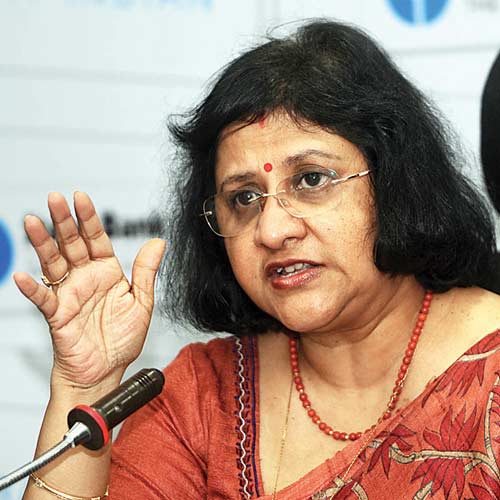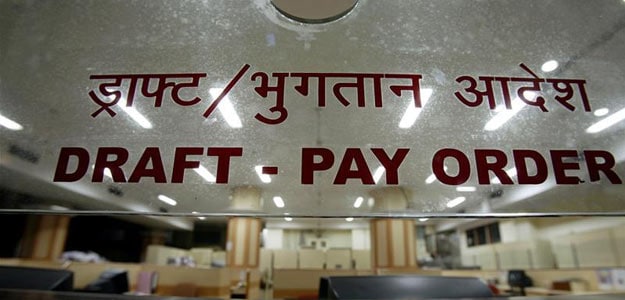BL :New Delhi, Oct. 22: 2013
Set up separate verticals to recover technically written-off accounts, Chidambaram tells banks
Rising non-performing assets (NPAs) or bad loans in the banking system have prompted the Government to turn the heat on public sector banks (PSBs) to improve their loan recovery mechanism.
It also said that top 30 NPA accounts of each bank were being closely monitored
Concerned about the NPA situation, Finance Minister P. Chidambaram on Tuesday directed PSBs to set up a separate vertical or division for recovery of technically written-off accounts.
Such a vertical would be headed by an official of General Manager rank, Chidambaram told newspersons after a three-hour meeting with chief executives of public sector banks in New Delhi on Tuesday.

This is the first time banks have been asked to come up with a dedicated vertical for recovery of technically written-off accounts, a banker who attended the meeting, said.
Already, PSBs have recovery cells, but not a dedicated one for technically written-off accounts, a banker pointed out.
“We will look at the Finance Minister’s suggestion on a separate vertical for technical write-off accounts and implement it in true spirit,” S. L. Bansal, Chairman and Managing Director, Oriental Bank of Commerce, told Business Line.
The total technical write-offs in the banking system as of June-end 2013 stood at about Rs 83,000 crore.
‘Pure profits’
Chidambaram pointed out that it was important for banks to focus on recovery of technically written-off accounts as every rupee recovered from such write-offs was “pure profits” for banks. He urged PSBs to ensure that their write-offs were not more than their recoveries
In the case of six banks — Indian Overseas Bank, Indian Bank, Bank of India, Bank of Maharashtra, Union Bank of India and Syndicate Bank — the write-offs have been more than their recoveries during the quarter ended June 2013.
The current difficult situation on the NPA front is the result of a slowdown in the pace of growth of the economy, Chidambaram said.
Large borrowers, (who borrow above Rs 1 crore), account for bulk of the NPAs, he pointed out.
“I have asked banks to keep a close watch on large accounts and also go after wilful defaulters.”
Chidambaram also noted that bulk of the people do not wilfully default and are likely to repay if the economy picks up.








